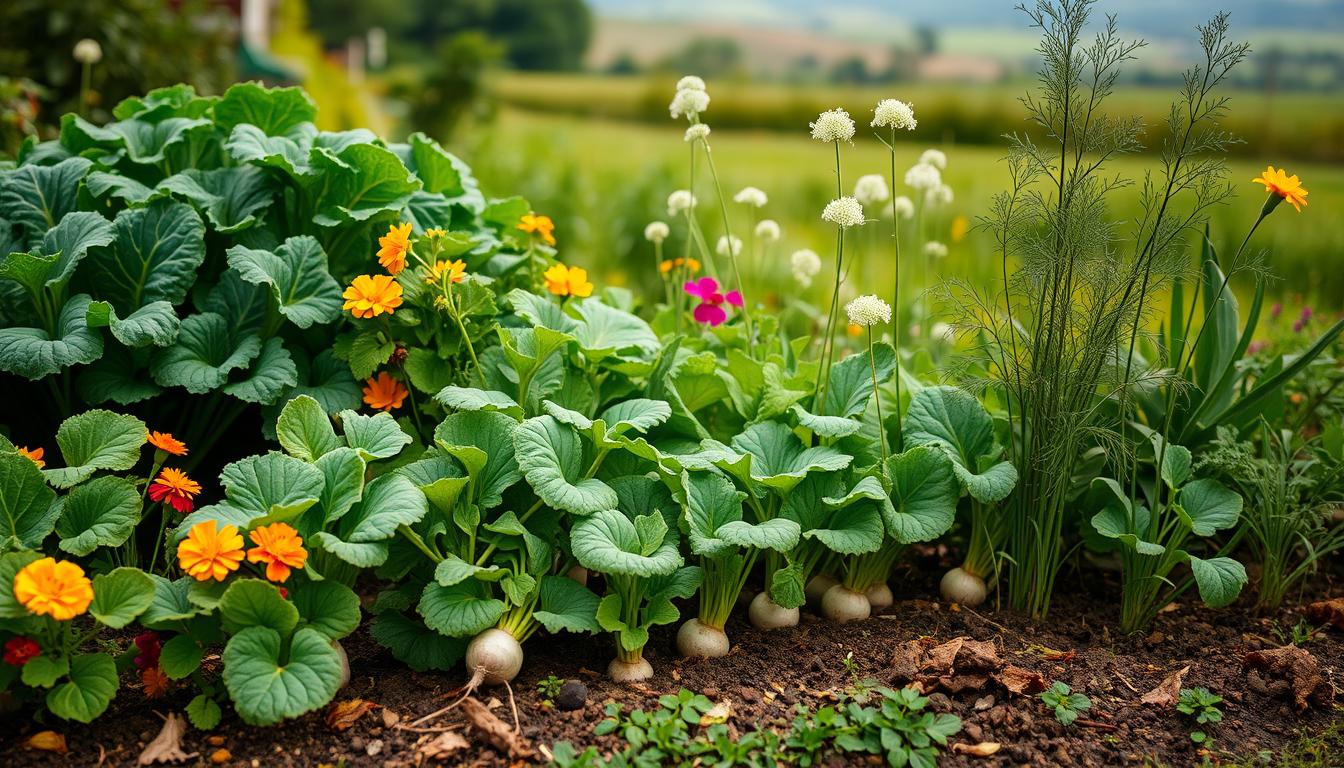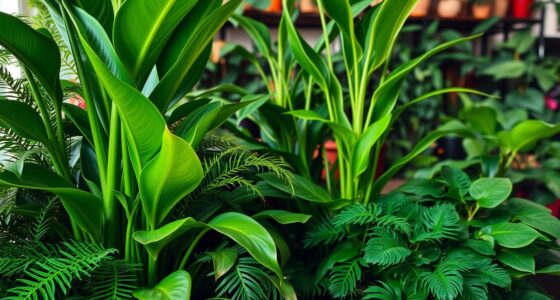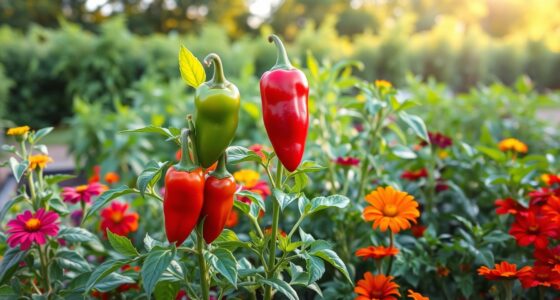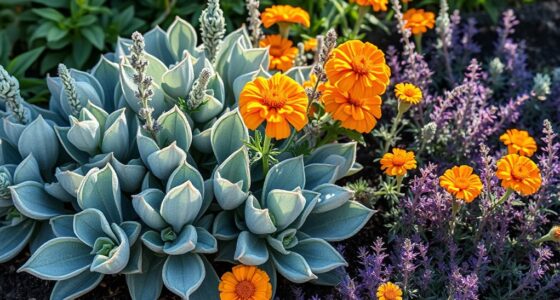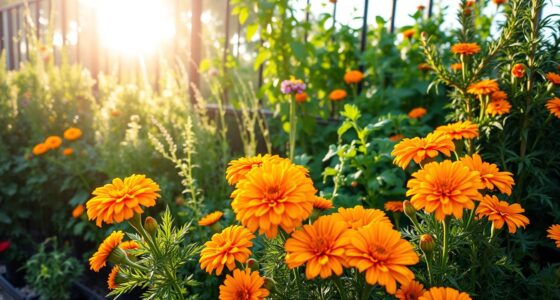Imagine stepping into your backyard, greeted by the vibrant colors and rich aromas of a flourishing garden. It’s a space where the hard work of planting and nurturing brings you a sense of accomplishment and joy. Among the hidden treasures of this garden, turnips stand out—not just for their nutritious crunch, but for the mystery of how companion planting can elevate their growth. By discovering the best companion plants for turnips, you can foster an environment that not only nurtures these root vegetables but also invites a community of plants to work harmoniously together. As you explore the world of turnip companion plants, you’ll find a deeper connection to the ground beneath your feet, the joy of teamwork in nature, and the promise of bountiful harvests waiting to be celebrated.
Key Takeaways
- Companion planting plays a vital role in enhancing growth and productivity.
- Turnips benefit from various companion plants that promote nutrient balance.
- Understanding plant relationships can significantly improve your gardening success.
- A well-planned garden layout can optimize growth for turnip companion plants.
- Seasonal considerations are essential for planting turnips and their companions effectively.
- Natural pest management through companion planting leads to healthier crops.
Why Companion Planting Matters
Companion planting serves as a vital strategy for boosting garden productivity and health. By pairing different plants that work well together, you can enjoy numerous benefits of companion planting, including improved soil health and increased crop yields. Understanding which turnip plant companions promote success and nourishment leads to a more vibrant garden. Choosing ideal companions for turnip plants enhances not only their growth but also the overall flavor of your crop.
The Benefits of Companion Planting
The relationship between various plants can significantly impact their growth. Here are key benefits of companion planting:
- Improved nutrient availability: Certain plants, like legumes, enrich the soil with nitrogen, directly benefiting neighboring crops.
- Pest control: Plants such as garlic and onions naturally repel harmful insects, protecting vulnerable turnips.
- Enhanced biodiversity: A diverse garden encourages beneficial insects that promote pollination and pest management.
How It Enhances Turnip Growth
Utilizing specific turnip plant companions can maximize growth potential. When legumes are included, they provide essential nutrients that contribute to healthier turnip plants. Companions like radishes can help in tilling the soil, making it easier for turnip roots to develop. The synergy created by employing ideal companions for turnip plants not only increases yields but promotes a more resilient garden environment.
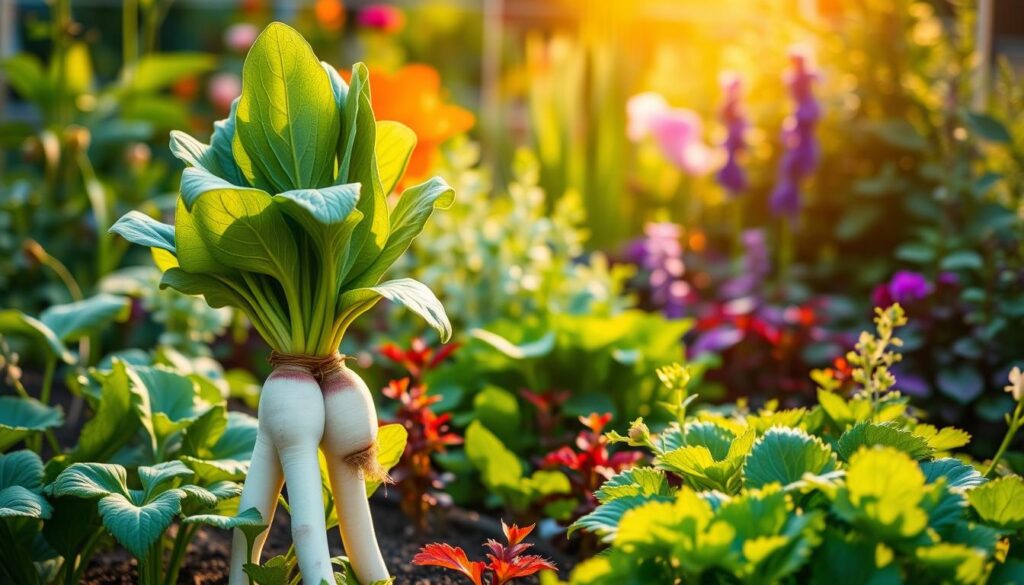
| Companion Plant | Benefit | Growth Effect on Turnips |
|---|---|---|
| Beans | Enriches soil with nitrogen | Boosts growth and flavor |
| Radishes | Improves soil aeration | Encourages vigorous root development |
| Garlic | Repels pests | Protects from common turnip pests |
Top Companion Plants for Turnips
When planning your turnip garden, choosing the right companions can make a significant difference in growth and yield. Two excellent options to consider are radishes and lettuce. These plants fit well within the category of top companion plants for turnips, as they offer unique benefits that enhance growth and sustainability.
Radishes: Friends in the Garden
Radishes grow quickly and do not compete for nutrients with turnips. Their rapid growth can help break up the soil, facilitating easier growth for your turnip vegetable companions. This interaction promotes a healthier growing environment, making radishes a fantastic addition to your turnip garden companions.
Lettuce: Sharing the Space
Lettuce is another great choice when considering turnip garden companions. It shares similar light and water requirements, meaning both plants can thrive in the same space without competing for resources. Integrating lettuce into your garden layout allows you to maximize your garden’s productivity while maintaining compatibility with your turnip plants.
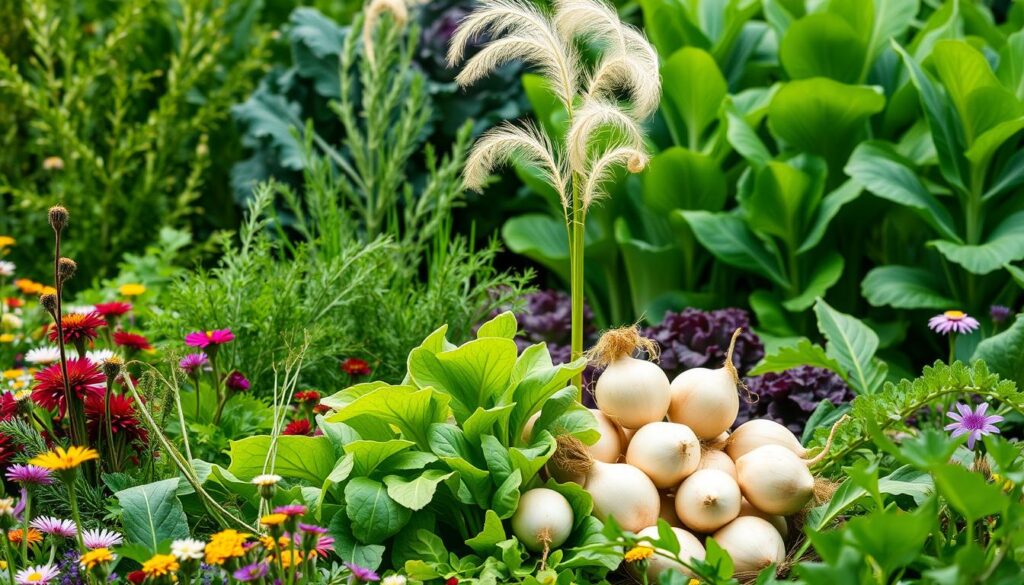
Herbs That Benefit Turnips
Integrating herbs into your turnip garden can create a flourishing environment that enhances growth and flavor. Herbs that benefit turnips include basil and dill, both of which serve not only as excellent turnip crop companions but also contribute positively to the ecosystem of your garden.
Basil: A Flavorful Companion
Basil is a wonderful choice for companion planting with herbs. This aromatic herb not only adds flavor to your culinary dishes but also acts as a natural pest deterrent. By planting basil near your turnips, you can protect them from common pests like aphids. The presence of basil can be a game-changer, ensuring a healthier turnip crop while improving the overall aroma of your garden.
Dill: Attracting Beneficial Insects
Dill is another herb that plays a crucial role in your turnip crop companions’ selection. This herb attracts beneficial insects such as ladybugs and wasps. These insects prey on harmful pests, creating a more balanced garden ecosystem. Utilizing dill in your companion planting with herbs allows you to foster an environment where both turnips and herbs can thrive together.
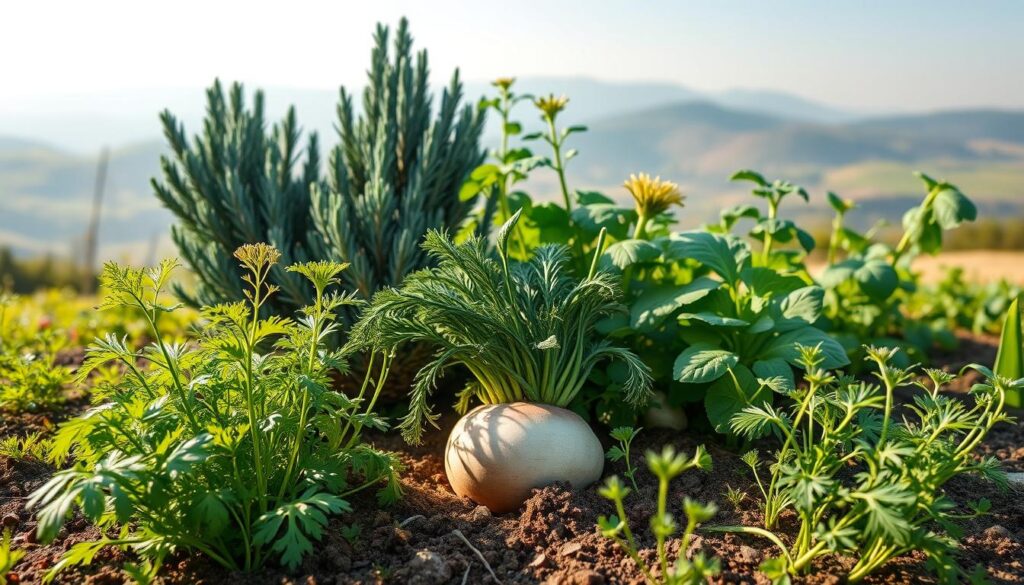
Vegetables That Pair Well with Turnips
When planning your garden, selecting the right vegetables that pair well with turnips can significantly enhance your harvest. The relationships between various plants can result in mutual benefits, making your garden more productive and efficient. Two standout candidates for turnip planting partners are peas and carrots. Both offer unique advantages that promote healthy growth in turnips.
Peas: A Nitrogen Fixer
Peas serve as fantastic ideal companions for turnip plants due to their ability to fix nitrogen in the soil. This process increases nutrient availability for turnips, allowing them to thrive. Utilizing vertical space in the garden, peas can grow tall while turnips develop below, creating a harmonious and productive environment.
Carrots: Growing Together Harmoniously
Carrots are another vegetable that pairs well with turnips. Their slower growth allows turnips to establish themselves without undue competition. This cooperative relationship results in a win-win situation, providing sufficient space for both crops to flourish and maximizing the garden’s potential.
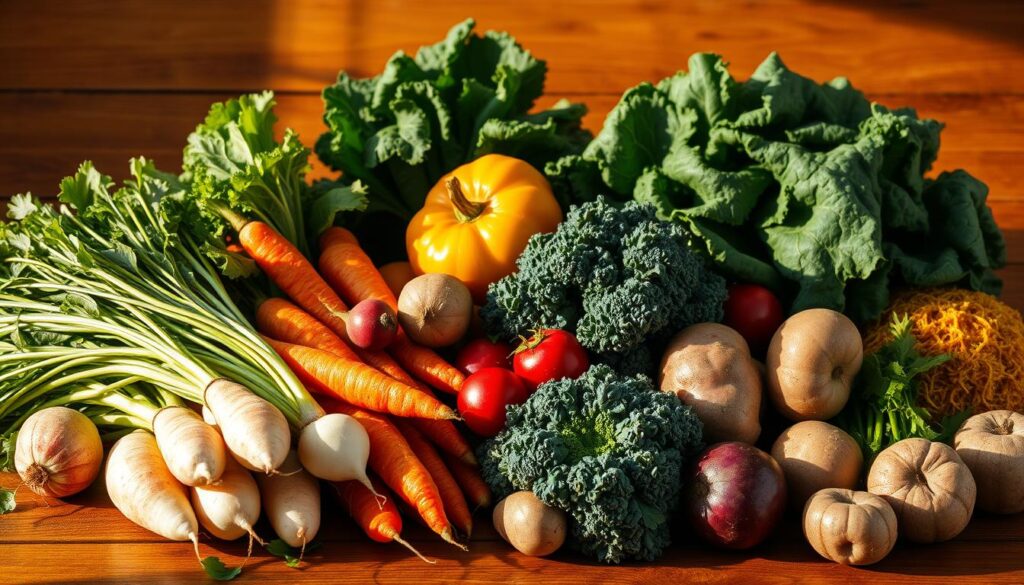
Flowers That Attract Pollinators
Integrating flowers into your garden brings more than just beauty; they serve a vital role in attracting beneficial pollinators. When focusing on turnip garden companions, certain flowers stand out due to their pest-repelling properties and ability to enhance the growth of nearby plants. Companion planting with flowers is an effective strategy for maximizing garden health.
Marigolds: Natural Pest Control
Marigolds are renowned in the gardening community for their ability to protect crops. These vibrant blooms attract a variety of pollinators while repelling harmful nematodes and other pests. By planting marigolds around your turnip patch, you create a natural barrier, ensuring that your turnips can thrive without pest interference. Their cheerful appearance will brighten your plot, making these flowers an ideal choice for cultivating a productive vegetable garden.
Nasturtiums: Edible and Beneficial
Nasturtiums offer a dual benefit as flowers that attract pollinators and as edible plants. The vibrant blooms not only enhance your garden’s aesthetic appeal but also deter pests like aphids. You can use the leaves and flowers in your meals, adding a peppery flavor to salads. This characteristic makes nasturtiums excellent turnip garden companions, as they promote a healthy ecosystem while providing culinary value. Incorporating these beautiful flowers into your garden design maximizes both beauty and utility.
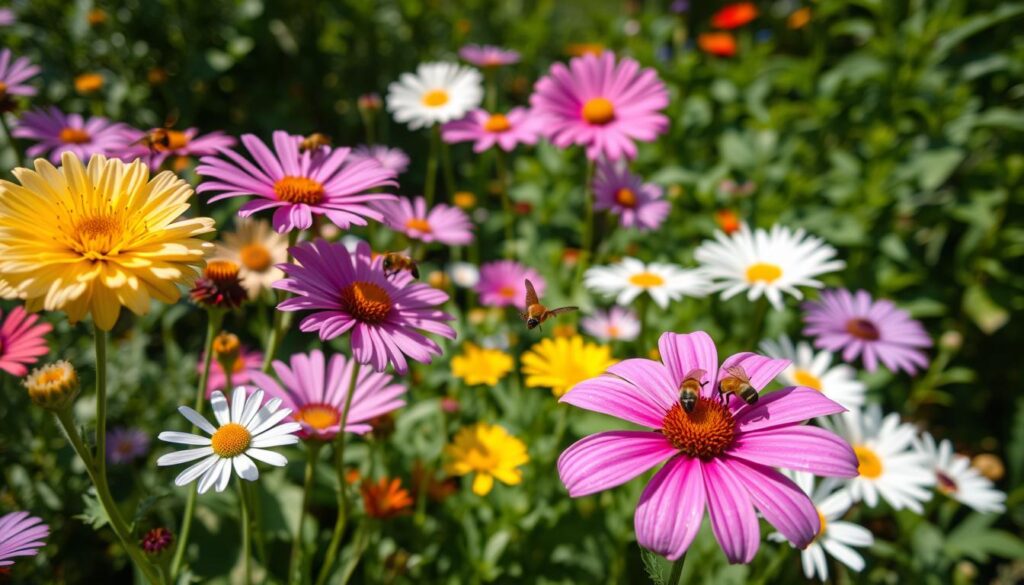
What to Avoid Planting with Turnips
Understanding what to avoid planting with turnips can make a significant difference in your garden’s success. Certain plants can compete for essential nutrients that turnips require, while others may attract pests that harm the crop. Careful planning will ensure that you avoid poor companion planting choices and create a thriving garden environment.
Plants That Compete for Nutrients
When considering plants that harm turnips, it is wise to steer clear of fellow root vegetables. Carrots and potatoes are particularly notable for their nutrient depletion. These plants share root space and can absorb similar nutrients, leaving turnips lacking in what they need to grow robustly. This competitive nature can stunt their growth and diminish your harvest.
Potential Pest Attractors
Some plants can attract unwanted pests, posing threats to your turnip crop. Fennel and mustard greens, for example, are known to entice pests like aphids and caterpillars, which can venture over to your turnips. Keeping these plants out of proximity is vital to protect your garden from unnecessary challenges.
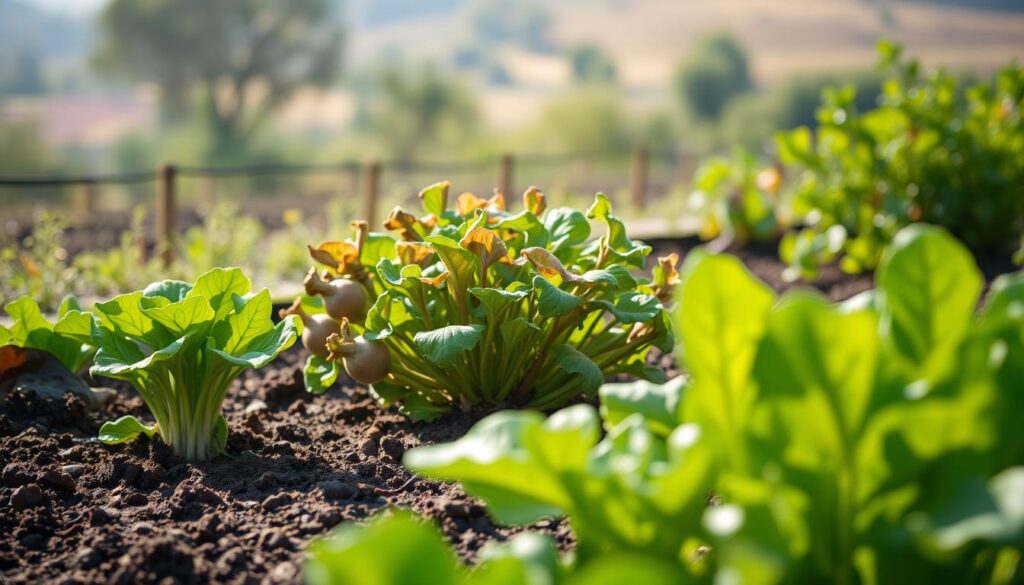
Soil Health and Companion Plants
Maintaining soil health is essential for thriving turnips and understanding the role of companion plants can significantly aid this process. Companion plants introduce beneficial interactions that improve both the fertility and structure of the soil. By choosing the right companions, you can create a nurturing environment that boosts turnip soil nutrients and enhances productivity.
How Companion Plants Improve Soil
Many companion plants contribute to soil health with their unique abilities to enrich the growing medium. For instance, legumes like peas not only fix nitrogen but also enhance soil structure through their root systems. This natural process fosters a thriving habitat for essential microorganisms, ultimately leading to more fertile ground, ideal for your turnips. Additionally, incorporating organic matter from decaying companion plants aids in improving garden soil quality, ensuring it retains moisture and nutrients effectively.
The Right Nutrients for Turnips
Ensuring your turnips receive essential nutrients is crucial for their development. Companion planting offers a strategy to support this by pairing turnips with nutrient-rich plants that complement their needs. Plants such as radishes and spinach can contribute valuable minerals to the soil, creating a nutrient-dense environment. Focusing on enhancing turnip soil nutrients through organic means can lead to healthier produce and higher yields, making your gardening experience much more rewarding.
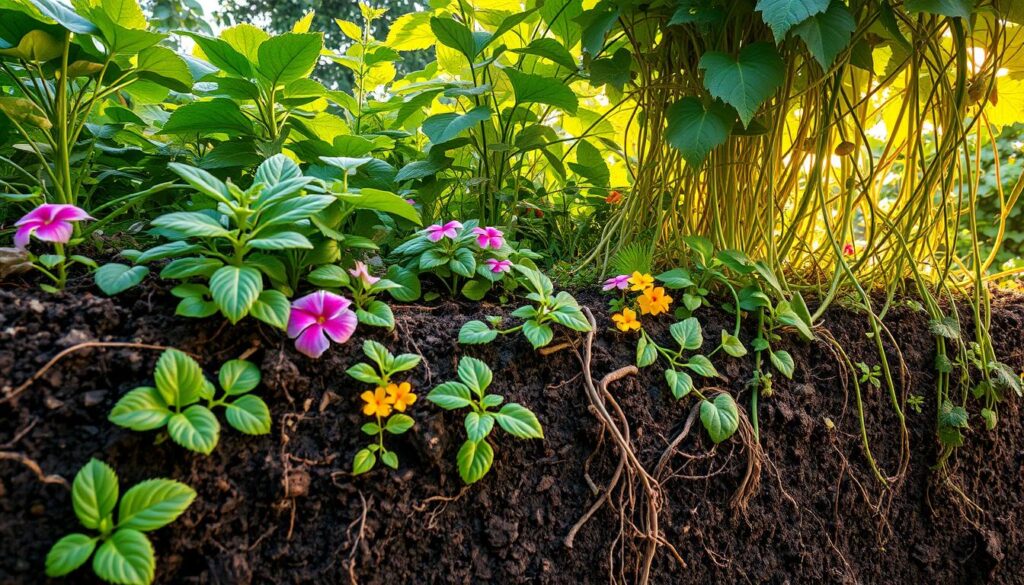
Recommended Garden Layout for Turnips
Crafting a smart garden layout for turnips can significantly amplify your gardening success. Consider a turnip growing design that effectively utilizes space and resources, ensuring that each plant has optimal conditions for growth.
Using Vertical Space Effectively
Incorporate vertical gardening techniques to maximize your available area. By pairing turnips with climbing plants such as peas or pole beans, you not only save ground space but also encourage a cooperative ecosystem. These companions provide much-needed shade to turnips while giving them support to thrive without overcrowding.
Design Tips for Companion Planting
For an efficient companion planting layout, alternate rows of turnips with plants like lettuce or radishes. This strategy optimizes nutrient uptake and offers plenty of sunlight exposure to all your crops. Not only does this promote healthier growth, but it also enhances biodiversity within your garden.
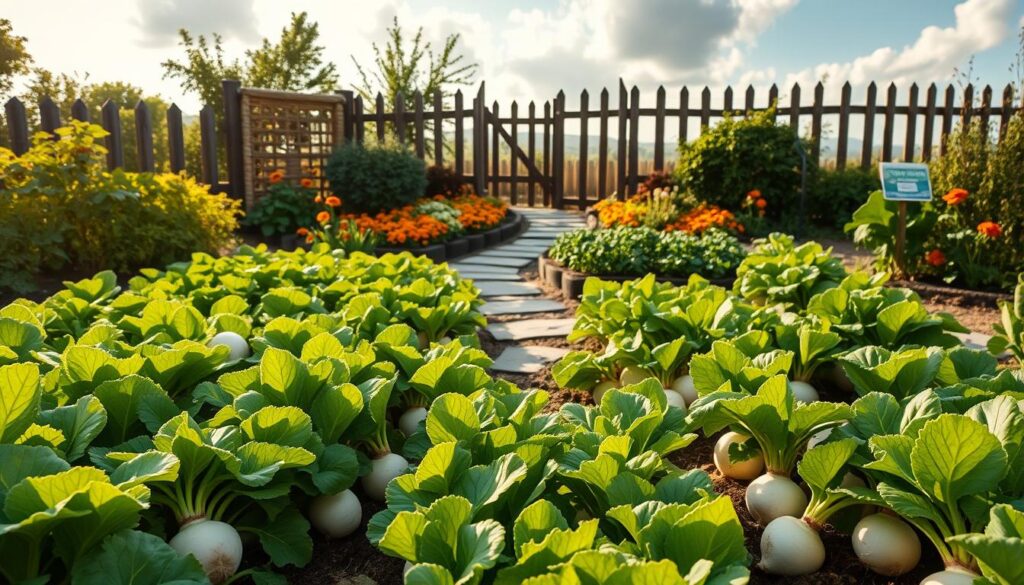
Seasonal Considerations for Turnip Companions
Understanding the optimal planting times for turnips and their companions forms the foundation for a productive garden. Both early spring and late summer serve as ideal windows for planting turnips. These cooler periods promote healthy growth and help to avoid bolting. Incorporating seasonal tips for turnips ensures that you can maximize yields while navigating the nuances of timing companion planting effectively.
Best Time to Plant Turnips and Companions
Timing plays a vital role in your turnip growth cycles. For maximum benefit, plant your companion crops a few weeks before sowing turnips. This strategy allows companions to establish well, enhancing soil health and providing necessary nutrients like nitrogen for your turnips. Aim to start planting when soil temperatures reach around 50°F (10°C) to achieve optimum growth.
Managing Growth Cycles Together
By aligning the growth cycles of turnips with suitable companions, you can facilitate a more harmonious gardening environment. Monitor the growth of both crops closely. Utilize staggered planting to ensure that companions are ready to support turnips during their critical stages. This synchronization dramatically enhances overall garden productivity. With a bit of planning, you can create a flourishing ecosystem that reflects the beauty of nature while providing you with delicious harvests.
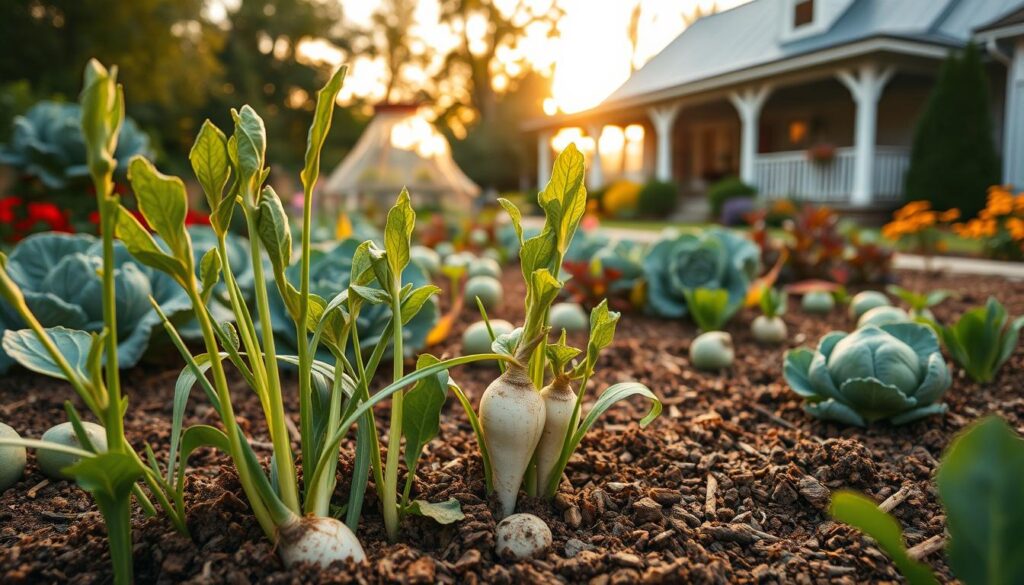
| Planting Time | Turnips | Companions |
|---|---|---|
| Early Spring | March to April | Radishes, Lettuce |
| Late Summer | August to September | Peas, Carrots |
Pest Management Through Companion Planting
Pest management with companion planting offers an ecological approach to maintain a healthy garden. By strategically selecting plants that attract beneficial insects and deter harmful pests, you enhance your turnip pest control efforts significantly. This method not only supports biodiversity but also promotes sustainable gardening practices.
Natural Predators for Pest Control
Many gardens can benefit from the presence of natural predators. By planting species like marigolds, you attract ladybugs and lacewings, which are known for their appetite for aphids and other pesky insects. You create a balanced ecosystem that can effectively diminish pest populations. Utilizing these natural allies aids in lowering your dependence on chemical pesticides and improves your garden’s overall health.
How Companions Deter Harmful Insects
The right combination of plants can act as excellent insect deterrents in gardening. Strong-scented herbs, such as dill and basil, have the ability to repel unwanted pests, safeguarding your turnip crop. Implementing these companions not only provides protection but also enhances the flavors of your harvest. Crafting a varied planting strategy enriches both the productivity and sustainability of your vegetable garden.
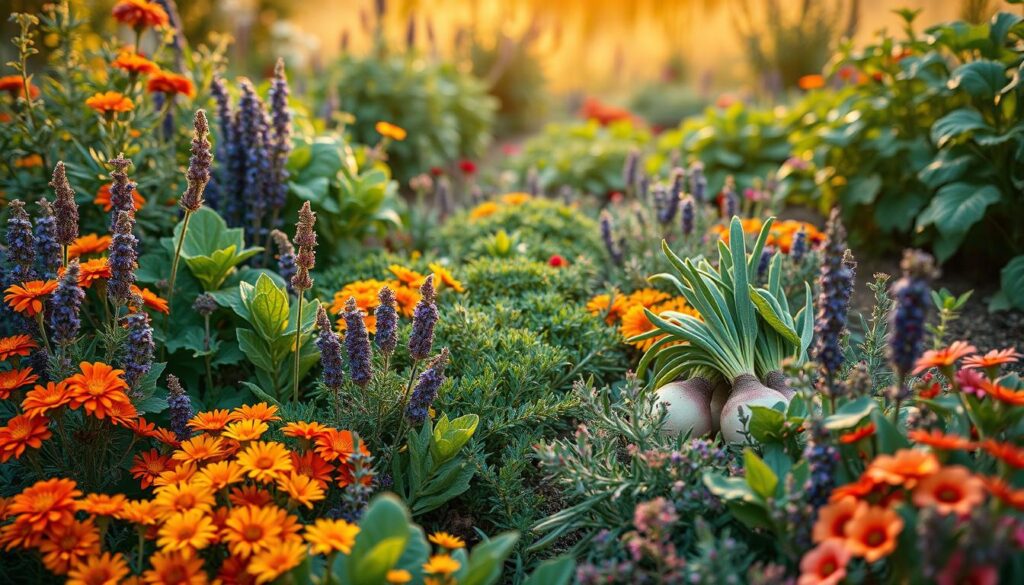
Watering Needs for Turnip Companions
Understanding the watering needs for turnips is crucial for promoting healthy growth. Turnips thrive best when they receive consistent moisture, especially during their initial development stages. Applying effective watering practices for turnip companions ensures that both turnips and their companions flourish together.
Balancing Moisture Levels
Maintaining proper moisture levels in the soil is essential for the well-being of your turnips and their companions. Aim to provide approximately one inch of water per week. Regular checks on soil moisture can help you determine when to water, preventing overwatering or drought stress. Implementing moisture management techniques, such as using mulch, can greatly assist in retaining soil moisture while regulating temperature.
Best Practices for Watering
Utilize a watering schedule that aligns with the growth stages of your turnips and their companions. Early morning is typically the best time to water, allowing the plants to absorb moisture before the heat of the day. Techniques like drip irrigation or soaker hoses can deliver water directly at the root zone, minimizing evaporation and runoff. By applying these effective watering practices, you can cultivate a thriving garden that meets the watering needs for turnips and their companions.
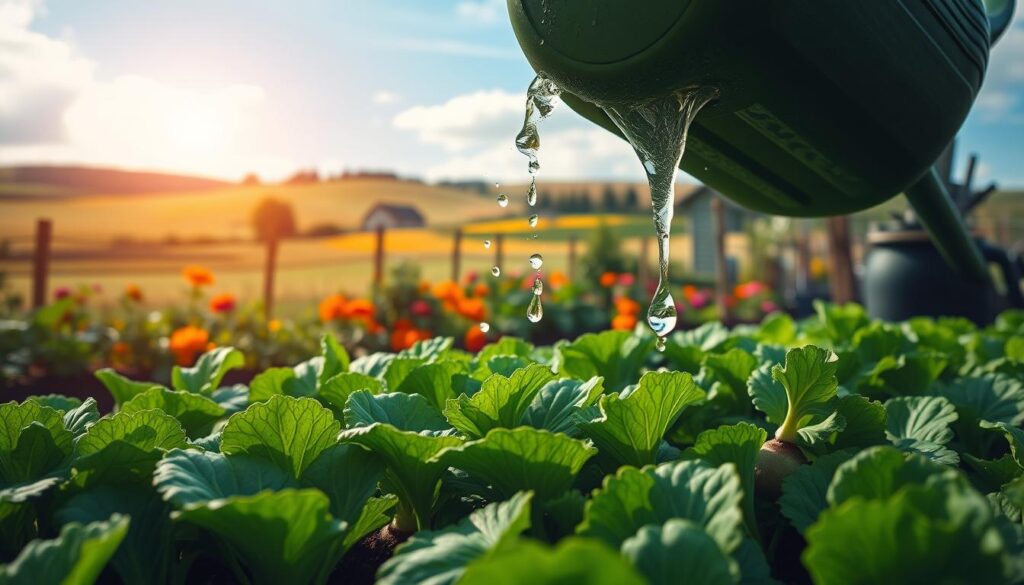
Harvesting Turnips and Their Companions
Understanding the right timing and methods for harvesting turnips greatly influences their flavor and texture. Achieving the best turnip flavor enhancement involves picking them when they reach a size of 2-3 inches in diameter. Regular checks will ensure you don’t miss this optimal point, allowing for a rewarding taste in your dishes. While you focus on harvesting turnips, it’s also beneficial to keep an eye on your companion crops to coordinate harvest times effectively.
When to Harvest for Best Flavor
The ideal time for harvesting turnips is when they are firm and approximately 2-3 inches across. Waiting too long can result in a strong flavor and woody texture, which may not be desirable. Besides, monitor your companion plants. Their maturity can signal it’s time to reap your turnips, making the best use of your garden space.
Tips for Harvesting Without Damage
Using gentle techniques when pulling or digging up turnips is crucial for preserving the roots. Consider using a garden fork to loosen the soil around the turnips before pulling them. This method reduces stress on the plants. Implement these tips for harvesting companion crops at the same time, making the process more efficient and seamless, leading to a well-rounded harvest experience.
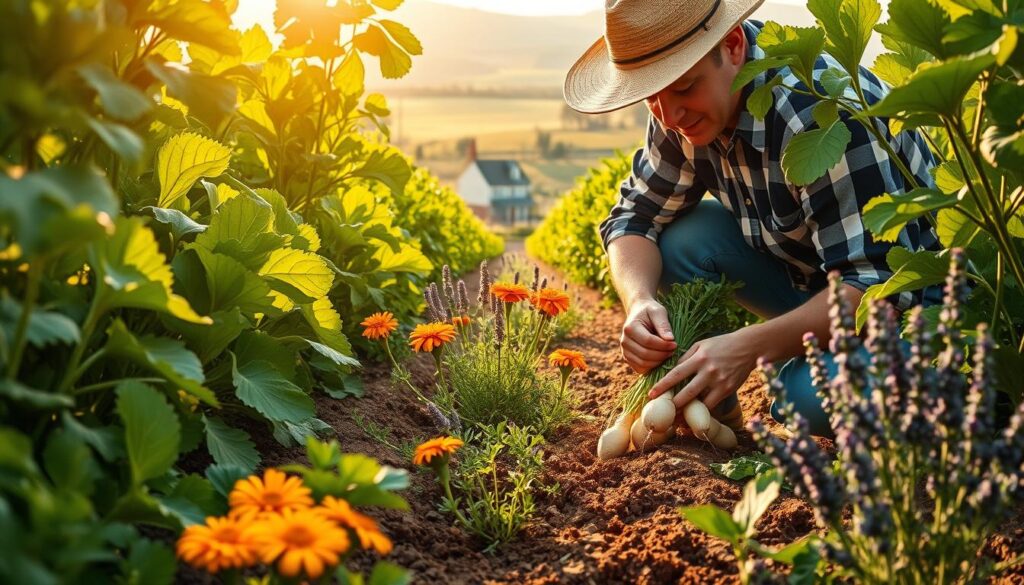
Success Stories of Companion Planting
Many gardeners have shared inspiring tales of how companion planting transformed their turnip crops. Delving into these companion planting success stories reveals the powerful impact of intermingling various plants. Observing effective gardening strategies can lead to enhanced yields and healthier plants.
Case Studies from Experienced Gardeners
Several seasoned gardeners have documented their experiences with companion planting. One case highlights a gardener who paired turnips with radishes. This combination not only maximized space but also optimized nutrient absorption, resulting in vibrant and flavorful turnips. Another gardener noted that incorporating marigolds alongside turnips significantly reduced pest issues, demonstrating that the right companions can promote a healthy garden ecosystem.
Lessons Learned from Companion Planting
Insights gained from gardener experiences emphasize the importance of trial and error. One common lesson involves understanding the unique needs of each plant. For instance, a gardener discovered that growing lettuce with turnips provided shade, helping maintain soil moisture during hot months. Such observations illustrate that creativity and adaptability are essential when implementing effective gardening strategies. Your unique garden can thrive by learning from these practical lessons and adjustments made by fellow gardeners.
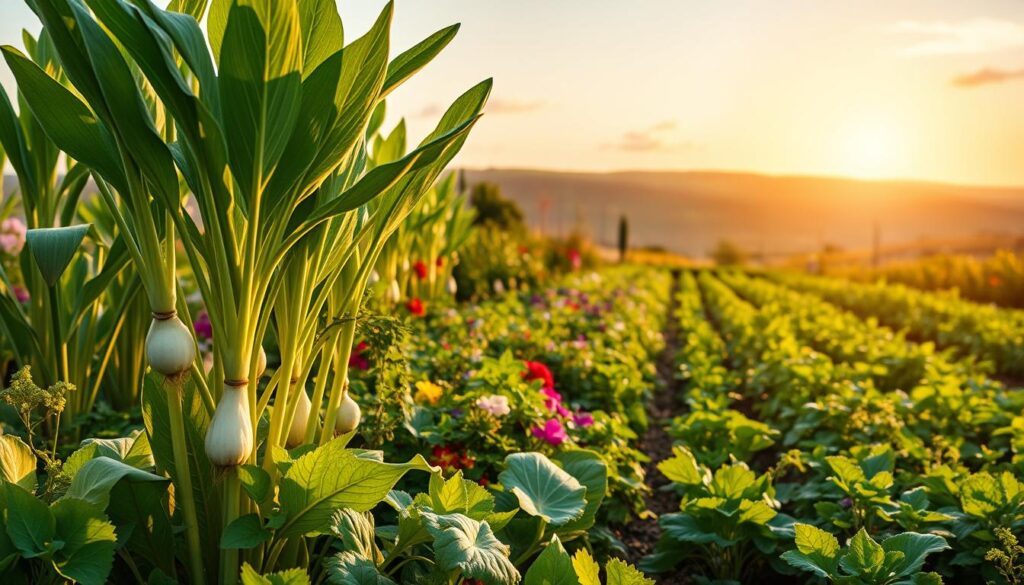
Creative Uses for Harvested Turnips
Turnips are not just nutritious; they pack endless culinary possibilities. When you start using harvested turnips, their unique flavor profile can elevate a variety of dishes. Whether you prefer roasting, mashing, or incorporating them into soups, there’s no shortage of creative turnip recipes to explore. You might even consider adding the tender turnip greens to salads or stir-fries for an added nutrition boost.
Recipes Featuring Turnips and Companions
Incorporating turnips into your meals can be a delightful adventure. Here are a few ideas for creative turnip recipes:
- Roasted Turnips with Honey and Thyme: A hint of sweetness combined with the earthy flavor of turnips makes for a tasty side dish.
- Turnip and Potato Mash: This classic combination brings together the creaminess of potato and the slight pepperiness of turnips.
- Turnip Greens Stir-Fry: A quick sauté with garlic and oil infuses great taste into the often-overlooked greens, making for a healthy side.
Storage Tips for Turnip Bounty
To enjoy your turnip harvest throughout the season, effective turnip storage methods are essential. Follow these guidelines:
| Storage Method | Description | Duration |
|---|---|---|
| Crisper Drawer | Store in the fridge, wrapped in a damp cloth to maintain moisture. | Up to 2 weeks |
| Root Cellar | Ideal for longer storage; keep them in a cool, dark place with good ventilation. | Several months |
| Freezing | Blanch and freeze cut turnips for long-term storage. | Up to 6 months |
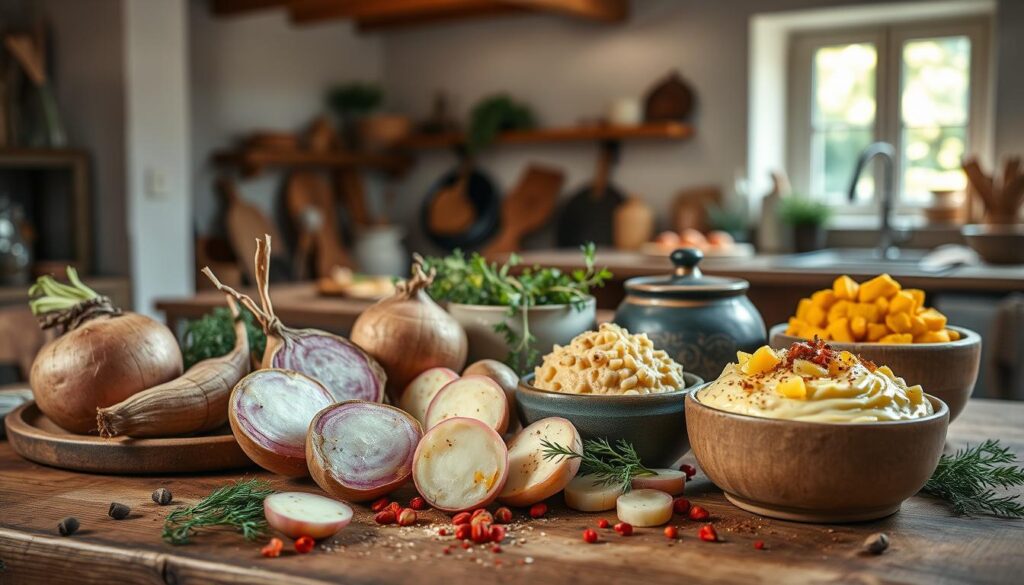
Gardening Resources for Companion Planting
With a wealth of gardening resources available today, you can easily enrich your knowledge about companion planting. Numerous companion planting books provide valuable insights into plant interactions, helping you to choose the best companions for your turnips. Whether you are a novice or an experienced gardener, these resources can support you in cultivating a thriving garden.
Books and Websites to Explore
Delving into specific companion planting books offers detailed guidance on effective plant pairings and their benefits. Websites dedicated to gardening also serve as excellent repositories of knowledge, featuring articles, forums, and expert advice. Resources like these enable you to better understand the nuances of companion planting and how it can elevate your garden’s success.
Joining Local Gardening Communities
Connecting with a local gardening community can further enrich your gardening experience. Engaging with fellow enthusiasts allows you to share experiences, exchange tips, and discuss insights on companion planting. By joining a club or group, you create a supportive network that can help you thrive in your gardening journey, ensuring that your turnips and their companions flourish together.
